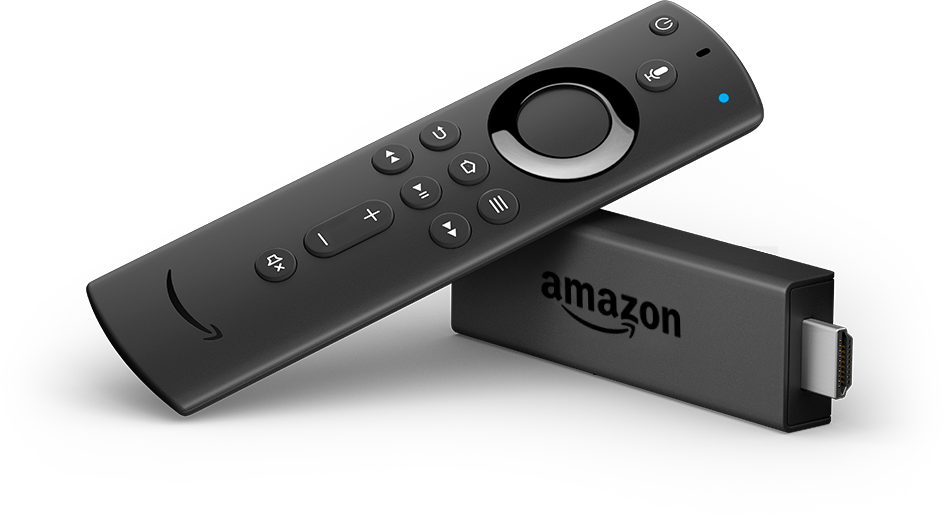AT&T's Stankey: HBO Max Probably Won't Launch with Amazon Fire TV Support
'We’re going to be in virtually all app stores, with one exception,' CEO tells investors

HBO Max is set to launch on May 27 and is aggressively lining up distribution partners, AT&T chief operating officer John Stankey said Wednesday. But one of them likely won’t be the biggest OTT device ecosystem on the planet, Amazon FireTV.
AT&T has been pulling out all the stops for the launch of the streaming service, priced at $14.99 per month and featuring content from its HBO premium service, cable channels TBS, TNT, and Cartoon Network as well as original fare. So far HBO Max has signed on Charter Communications, as well as streaming services Hulu and YouTube TV, as distribution partners.
In terms of app support in device ecosystems, HBO counts Apple TV and Google platforms, including Android TV. But AT&T hasn't announced an app deal for the two biggest OTT device ecosystems, Roku and Amazon Fire TV. And it's looking bleak as far as the latter is concerned.
Also Read: AT&T Pivots HBO Max Pandemic Premiere Plan
At the virtual JP Morgan Global Technology, Media and Entertainment conference Wednesday, Stankey said that HBO Max plans to sign up all the major distributors, adding that existing HBO premium service subscribers will automatically transition to the service when it goes live on May 27. But he added that Amazon FireTV apparently won't be one of them.
“We’re going to be in virtually all app stores, with one exception--we may not be in the Amazon Fire app store when all is said and done,” Stankey said at the virtual conference, adding that expectations are high for a successful launch.
Also Read: HBO Max: Everything You Need to Know
NEXT TV NEWSLETTER
The smarter way to stay on top of the streaming and OTT industry. Sign up below.
“We feel really good about the distribution dynamic, the availability of the product," Stankey continued. "Those that are HBO subscribers immediately move into Max. It's going to be a really strong first day one. I think it’s going to generate a lot of word of mouth socially. It’s going to generate a lot of activity and what we’re doing for promotions attached to AT&T products is going to be beneficial.”
HBO could have some pretty big shoes to fill. The Walt Disney Co. set the streaming app bar high when it launched Disney Plus in November, attracting more than 10 million downloads on its first day. Disney Plus currently has about 28.6 million customers in the U.S. and more than 50 million worldwide.
On the other end of the spectrum, short-form streaming service Quibi has attracted less than expected interest, with about 2.5 million downloads in its first week. Quibi currently has about 3.5 million customers, and the company has blamed the tepid response on the COVID-19 pandemic.
AT&T has said it expects HBO Max to have about 50 million subscribers by 2025 -- including the around 30 million current HBO subscribers.
Stankey, who will take over for the retiring Randall Stephenson as CEO in July, talked up the HBO Max service, adding that it is a key part of AT&T’s entertainment strategy.
Stankey said the ultimate vision is to eventually package the software-based AT&T TV and HBO Max together.
“What Max and AT&T TV have in common is they are both software based, independent of any proprietary hardware, allowing customers to get access content over any device, over any hardware platform. They’re low friction, they can be deployed literally by a flick of a computer switch somewhere in a back office. That’s an important aspect. And that’s what consumers will see as the customer-based Max grows. It becomes a more scaled distribution element within AT&T, certainly something that surpasses 25-28% of households like our pay TV offering. That becomes a lead basis of entertainment and how we get into households.”
Stankey added that as the TV business continues to transition from the old 500-channel universe to more consolidated, streaming offerings of live sports, scripted and unscripted content and news, bundling the products together seems natural.
“You want a platform that can distribute both. So AT&T being software driven, HBO Max being software driven, user interface capabilities, bundling, price start to move together,” Stankey said. “I think we’re at a very natural place to see that begin to occur and our TV business and our SVOD business start to become one as we get out over the next couple of years.”
